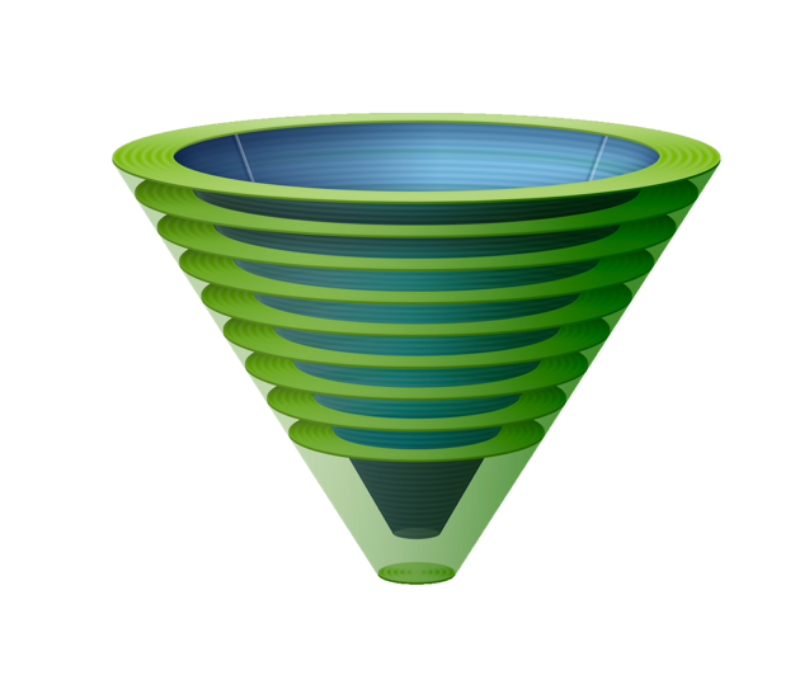benefits of reoxygenation
The opportunity to reoxygenate the patient arises any time the Green Zone is entered. Reoxygenation via positive pressure ventilation during airway management provides exactly the same benefits as those described using preoxygenation during spontaneous ventilation prior to airway management. Thus reoxygenation is not just an opportunity to return low oxygen saturations to normal levels but to replenish oxygen stores in the functional residual capacity (FRC) of the lung and restore the safe apnoea time in case there is a further interruption to alveolar oxygen delivery.
An ancillary benefit is that successful face mask ventilation following induction, while waiting for muscle relaxants to take effect, also provides the team with confirmation of being in the Green Zone which can decrease stress and allow airway subsequent airway management to be approached in a more controlled way. Conversely recognition of the inability to mask ventilate provides the opportunity to make the most efficient use of the safe apnoea time via early commencement of optimisation interventions according to the Vortex Approach and gives the team increased situational awareness of the significance of the inability to enter the Green Zone via other lifelines during subsequent attempts.
face mask ventilation during rapid sequence induction
Even during a rapid sequence induction (RSI), gentle face mask ventilation with inspiratory pressures <15cmH2O whilst waiting for the onset of muscle paralysis is acceptable and should not cause gastric insufflation or increase the risk of regurgitation of gastric contents. Maintaining ventilation pressures below this limit is more reliably achieved in an operating theatre setting where circuits with soft bags (that provide good tactile feedback about airway pressures), adjustable pressure limiting valves and airway manometry provide some safeguards against excessive ventilation pressures. It may be reasonable to exercise greater caution during RSI in other environments where the lack of tactile feedback about ventilation pressures from the more rigid self inflating bag of a BVM device and the absence of airway manometry place clinicians at increased risk of causing gastric insufflation with the potential to provoke regurgitation and aspiration.

